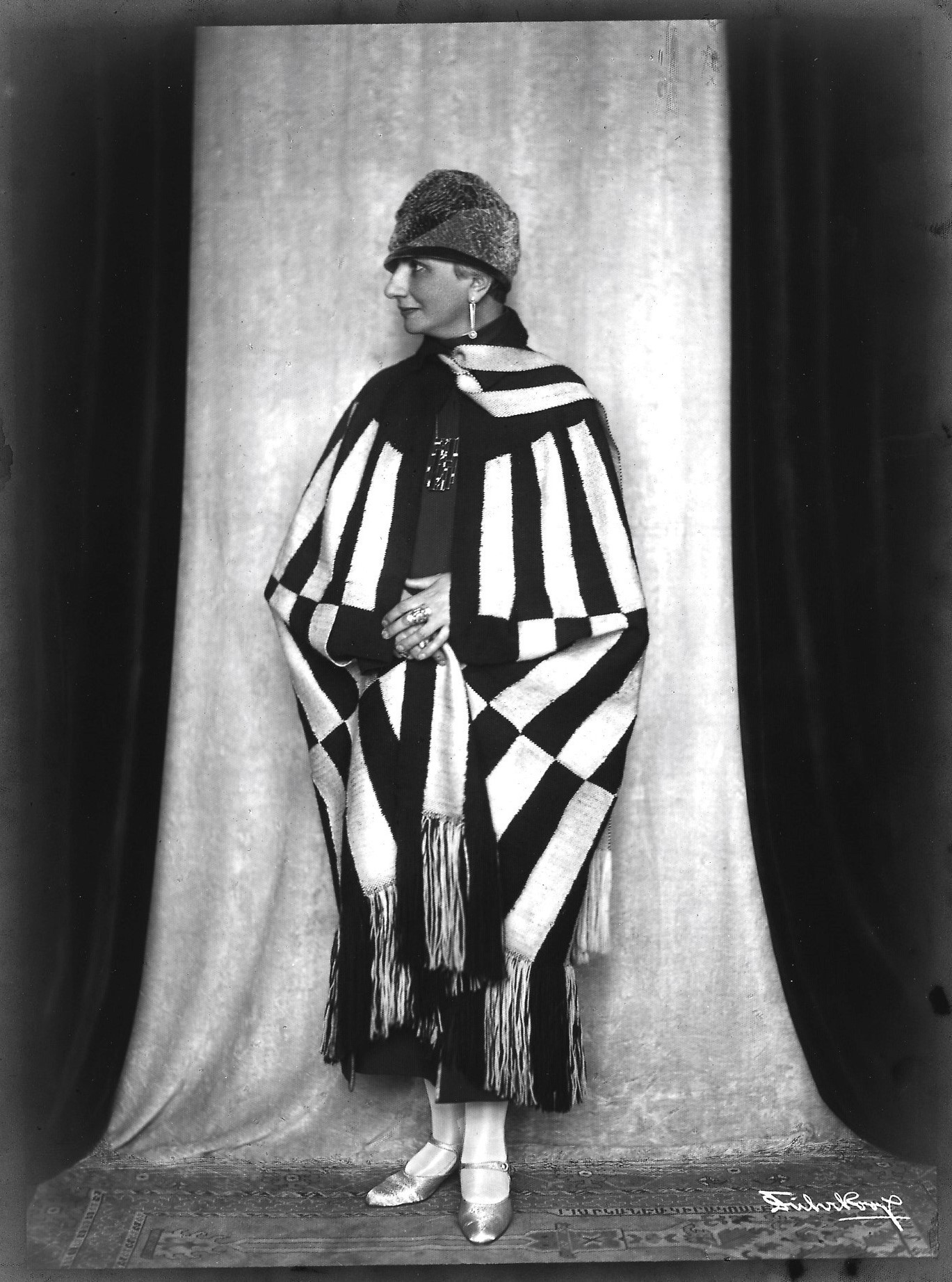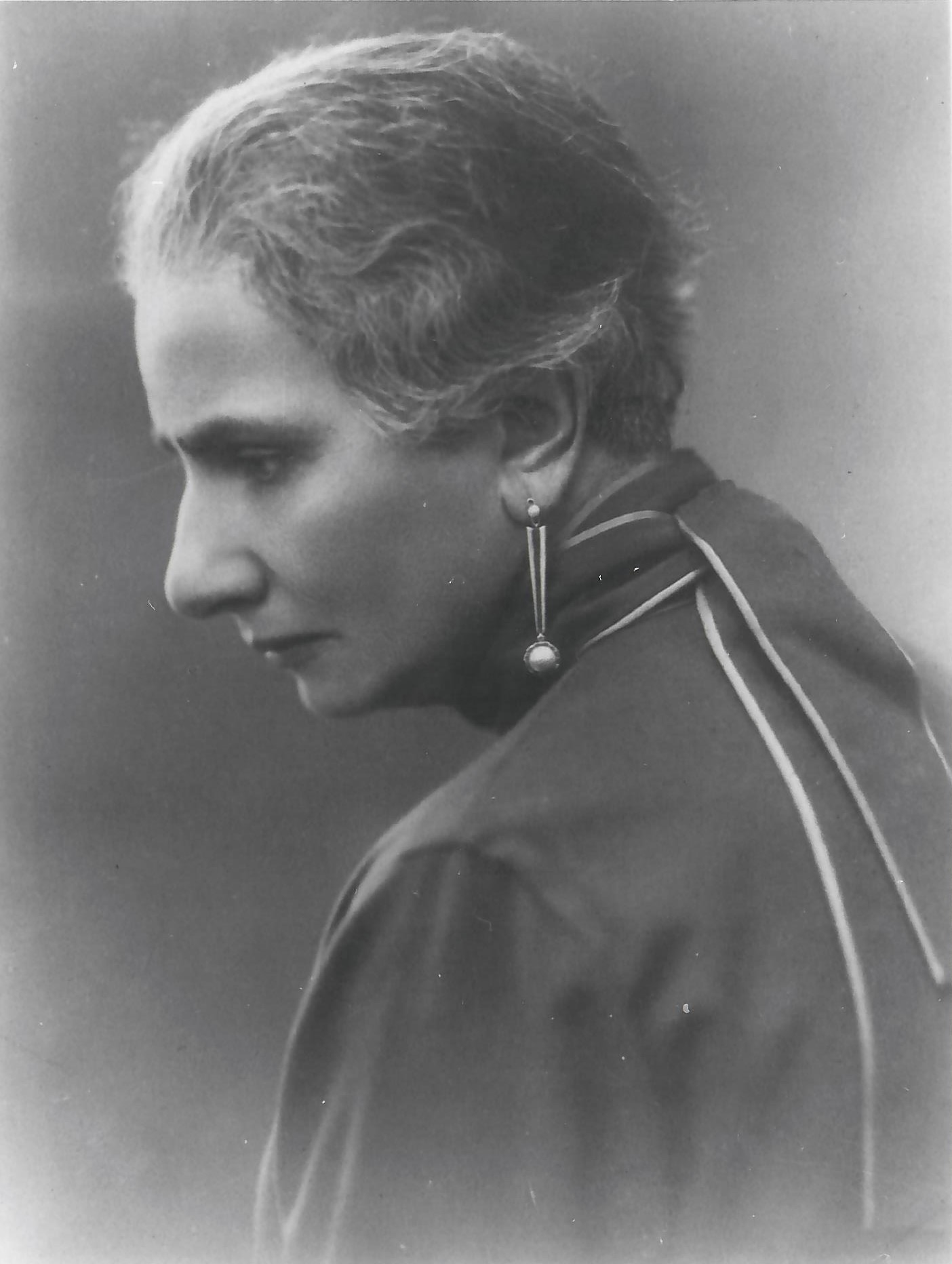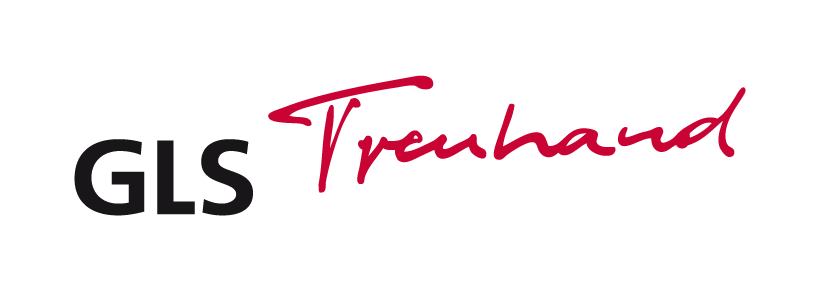Hamburg Stories Ida Dehmel
Dehmelhaus, Richard-Dehmel-Straße 1, 22587 Hamburg-Blankenese
Ida Dehmel (*14.1.1870 in Bingen am Rhein, née Coblenz) was an important figure in Hamburg as a patron of the arts, women’s rights activist, world traveller, and wife and muse of the well-known poet Richard Dehmel. She founded GEDOK, a federation of women artists, which still exists today. After her husband’s death she became custodian of the couple’s artists’ house in Blankenese, Dehmel House.
The daughter of a vintner, Ida Coblenz was born in 1870 in Bingen am Rhein and discovered her love of art at an early age. She left for Berlin, where she launched her Salon am Tiergarten and soon became a valuable supporter of rising artists and writers such as the poet Stefan George.

In 1901, she married poet Richard Dehmel (*1863) in London, moved to Blankenese with him and lived her self-defined role as artist’s wife and muse, repeatedly inspiring her husband to write poems. From 1912, Richard and Ida Dehmel were the centre of a work of art of their own creation – a poet’s house, furniture, artworks, an archive, and a garden. This masterpiece became a meeting place for artists from Germany and abroad.

Ida Dehmel ran a highly successful workshop for artistic beadwork, wore modern ‘reform’ clothes and flamboyant jewellery, and had her portrait painted eight times by artist Julia Wolfthorn. Her twin soul Alfred Mombert, also a poet, referred to her as “the most celebrated woman of modern times”.
Like her sister Alice Bensheimer, Ida Dehmel fought in women’s organizations for the right to vote and was active in charity work. Founding the “Women’s Association for the Promotion of German Fine Art” in 1916 with art historian Dr. Rose Shapire, an organization that supported contemporary artists and donated modern works to museums, allowed Ida to combine her political commitment and love of art. Ten years later she set up GEDOK, a federation of women artists that has brought together women artists of all disciplines and art patrons since 1926, and still exists today.
Richard Dehmel died in 1920, leaving Ida Dehmel the sole estate guardian of their artists’ house: she offered viewings, organized new editions of Dehmel’s work, published a selection of letters, and kept the archive up to date. With friends she set up a foundation and a Dehmel Society. Dehmel House was revived through events she organized with her niece Marianne and her husband Dr Robert Gärtner.

From 1933 onwards, Ida Dehmel as a Jewish woman was constantly deprived of opportunities to promote art and eventually obliged to resign from the chair of GEDOK, the women artists federation she had founded. To get away from it all, she went on a cruise on the steamer Oceana. Alone.
“I am trying to forget about everything except the sea and the sun and the sky. I am in good company, too. As a matter of principle, we only talk about harmless things.”
Her sister and closest companion Alice Bensheimer died in 1935. Another major turning point. An inheritance made it possible for Ida Dehmel to embark on her next trip. She booked a long HAPAG Orient cruise for the autumn and a voyage through the western Mediterranean on the Milwaukee.
In January 1936, she boarded the Reliance in New York on a long trip around the world. In March 1937, she travelled to Central America and the West Indies, and in 1938 another trip around the world. In between these journeys she always returned to the now radically changing Hamburg – but saw no future there for herself. On 29 September 1942, ill and exhausted, she decided to put an end to her life.




